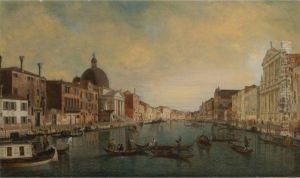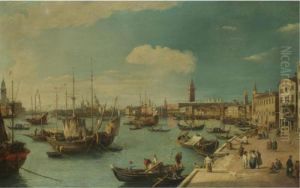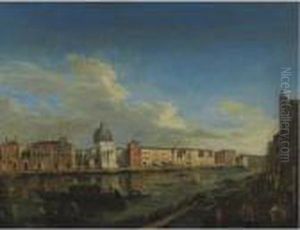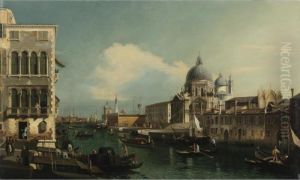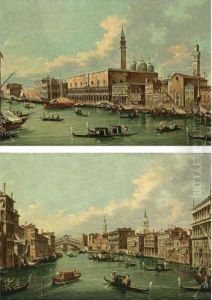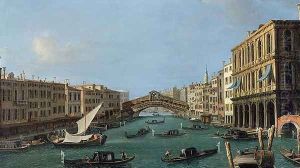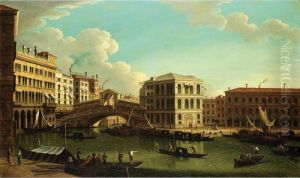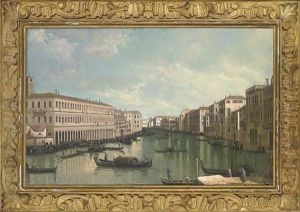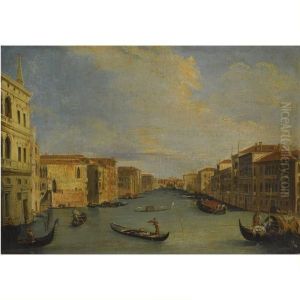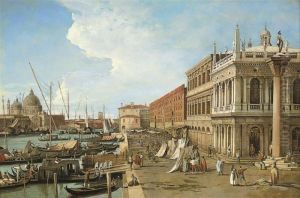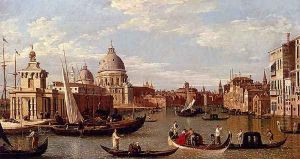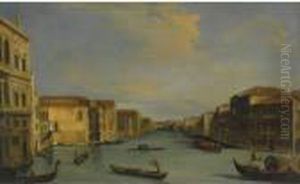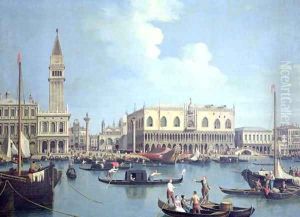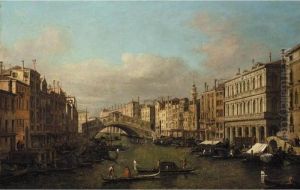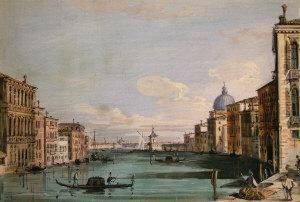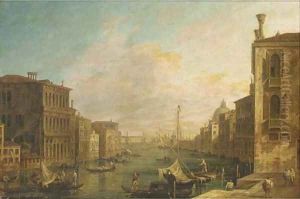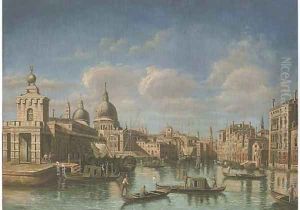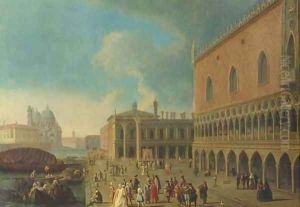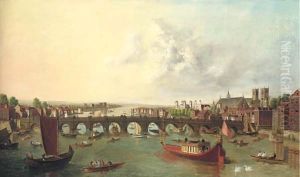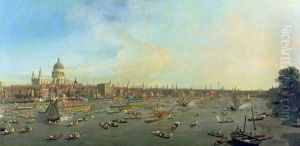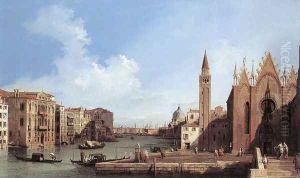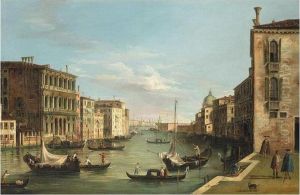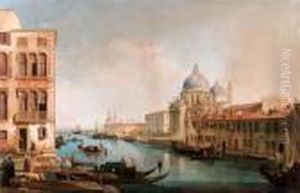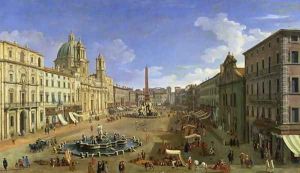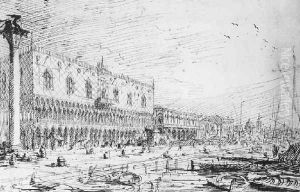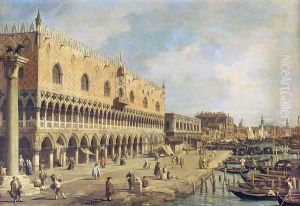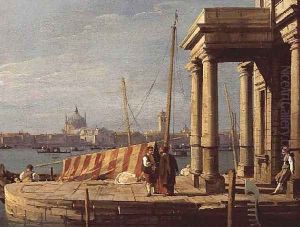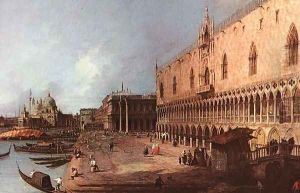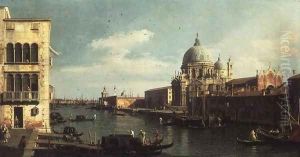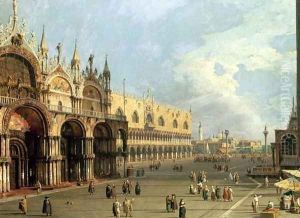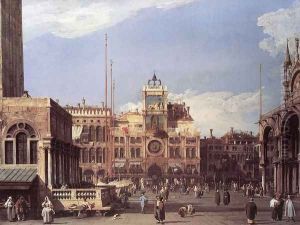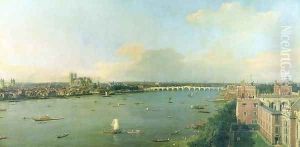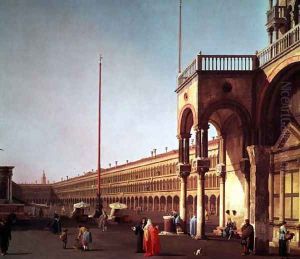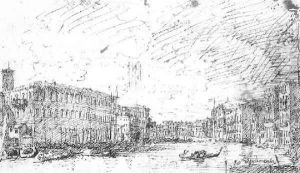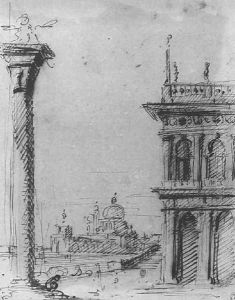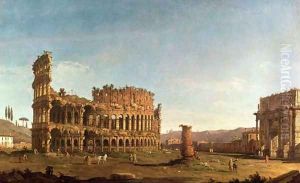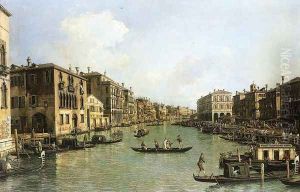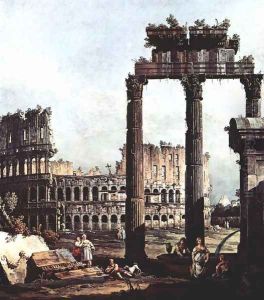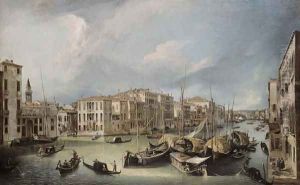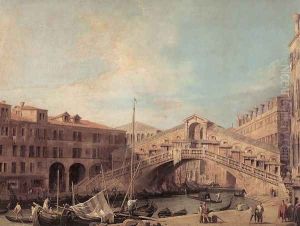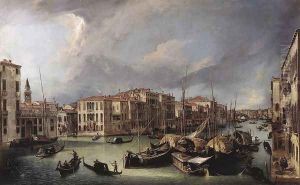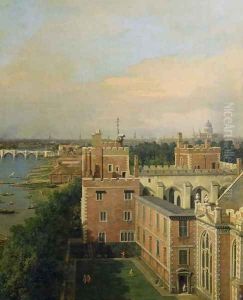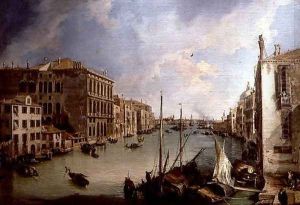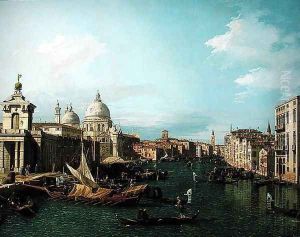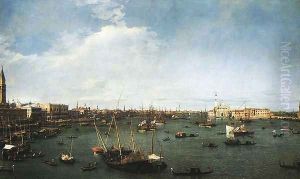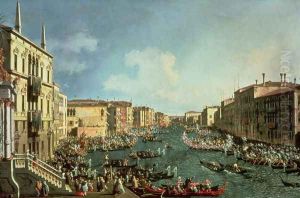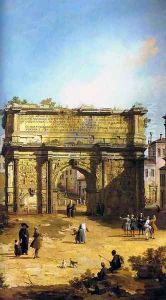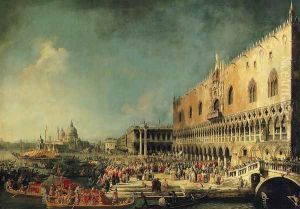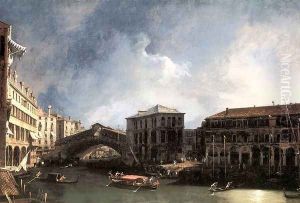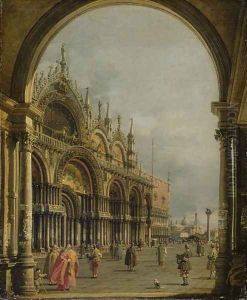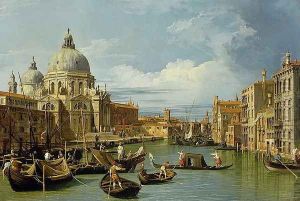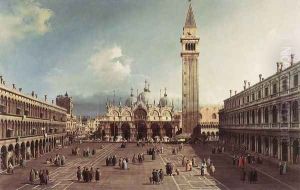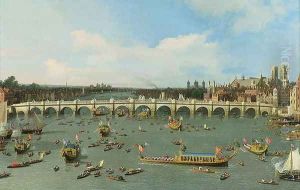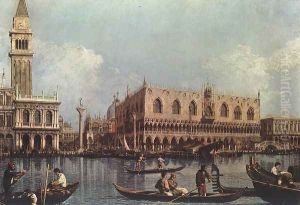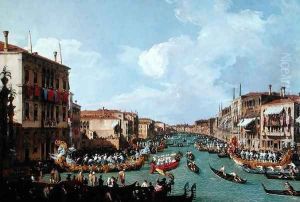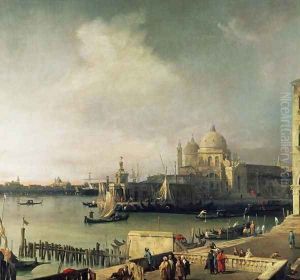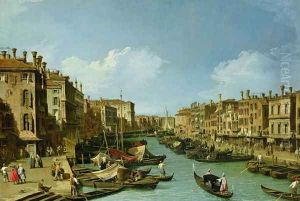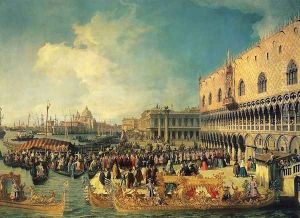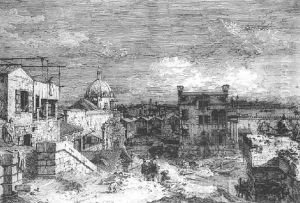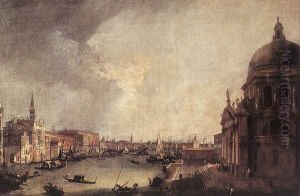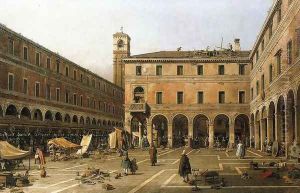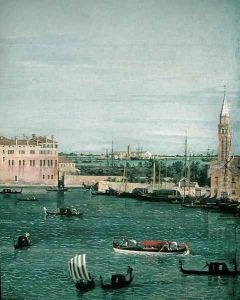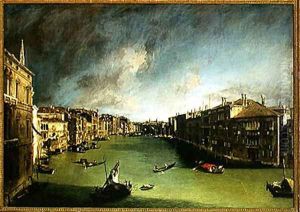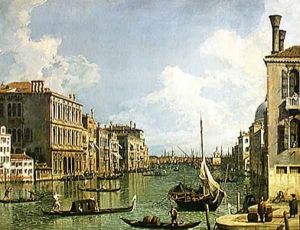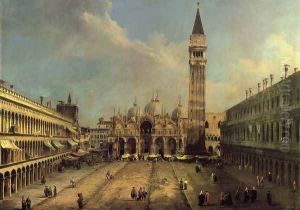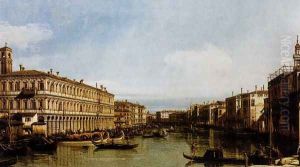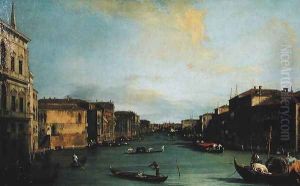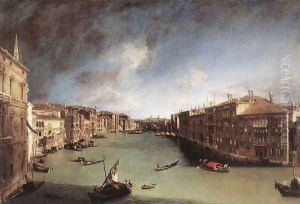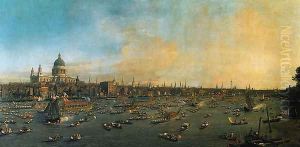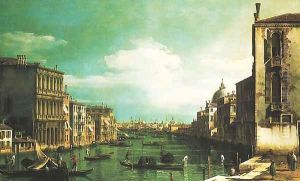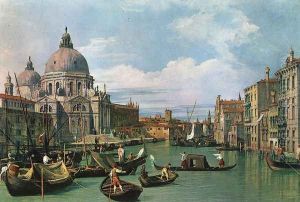(Giovanni Antonio Canal) Canaletto Paintings
Giovanni Antonio Canal, better known as Canaletto, was an Italian painter born on October 18, 1697, in Venice. He is widely recognized for his landscape paintings of Venice, which capture the city's architecture and daily life during the 18th century with remarkable accuracy and a meticulous approach to detail. Canaletto was the son of a theatrical scene painter, which greatly influenced his interest in painting and perspective.
Canaletto began his career by assisting his father, which exposed him to the principles of stage design and perspective. However, he quickly developed a distinct style focused on realistic urban scenes. By the 1720s, Canaletto had established himself as a prominent painter of vedute, a term used for detailed, large-scale views of cities or landscapes. His work was especially appealing to wealthy tourists, particularly the British, who were undertaking the Grand Tour of Europe as part of their education.
During the 1730s, Canaletto's fame reached England, and he attracted the attention of British collectors. He was patronized by Englishmen such as Joseph Smith, British consul in Venice, who became his agent and main collector. In 1746, Canaletto moved to England, where he stayed for about ten years, producing views of London and the English countryside. Although successful, his time in England was met with some criticism as his work was perceived as repetitive.
Canaletto's technique involved the use of the camera obscura, an optical device that helped him achieve precise perspective and detail in his compositions. His works were characterized by their accurate depiction of light and atmosphere, which gave them a vivid sense of reality. Canaletto also played with the use of color, often enhancing the natural hues to create a more dramatic effect.
In the 1750s, Canaletto returned to Venice, where he continued to paint but faced increased competition from other vedute painters. Towards the end of his life, his popularity waned, and his work was criticized for lacking the vigor and innovation of his earlier pieces. Despite this, Canaletto's work has left a lasting legacy, providing a historical record of Venice's grandeur in the 18th century.
Canaletto died on April 19, 1768, in Venice. His nephew, Bernardo Bellotto, was also a notable vedute painter who continued his uncle's tradition, often being confused with Canaletto due to the similarity in their styles. Today, Canaletto's paintings are held in high esteem and can be found in major museums around the world, celebrated for their contribution to the art of landscape painting and their historical value.
